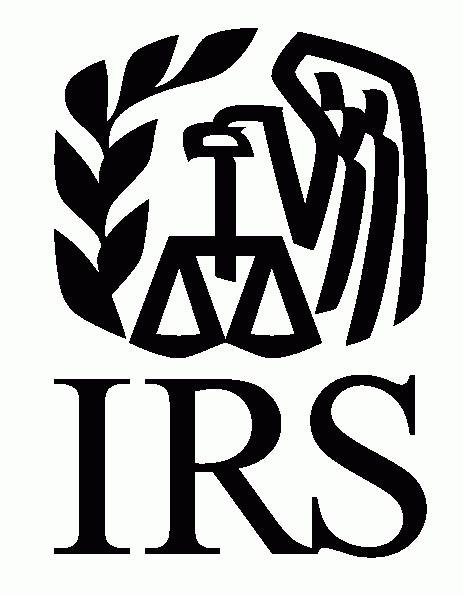The Focus - Our Tax E-Newsletter |
Rely on the IRS at Your Own Peril

Every once in awhile we come across an oddball Tax Court case that causes you to scratch your head and wonder what went wrong for the taxpayer in the Court decision. Alvan L. Bobrow thought he had the right approach, backed up by the Internal Revenue Service’s own published instructions (not to mention a proposed regulation dating back to the early 1980’s), when he rolled his IRA accounts from one to another. The Tax Court thought otherwise and, as a result, he and his wife were hit with additional taxes, interest and penalties.
The Internal Revenue Code allows IRA account holders the ability to take a distribution from their IRA account tax-free once every twelve months, as long as they redeposit that amount back into another IRA account with 60 days of the withdrawal. Internal Revenue Service Publication 590, concerning retirement accounts, allowed for this treatment for each separate IRA account a taxpayer may own. The Bobrows had multiple IRA accounts and withdrew roughly $65,000 from Mr. Bobrow’s first account in April of 2008. On day 57, Mr. Bobrow put the $65,000 into IRA account number 3. It appears that the source of the funds was a withdrawal from IRA account number 2 on day 55. From a technical standpoint Mr. Bobrow was following the IRS’ rules and had one successful rollover under his belt, but the Tax Court did not feel the same.
Within 60 days of taking out his second IRA withdrawal, Mrs. Bobrow withdraws $65,000 from her IRA account and a $65,000 deposit is made to Mr. Bobrow’s third IRA account closing out his second rollover within the timeframe allowed by Publication 590. This is where things go downhill for the Bobrows. Sixty-one days from withdrawing the money from Mrs. Bobrow’s IRA, $40,000 is deposited into her second IRA account. There was no mention of what happened to the remaining $25,000. When the Bobrows filed their 2008 tax return there was no taxable IRA amount included on the return.
The regulations allow for missing the sixty day roll over period if you have reasonable cause or there was some error involving the financial institutions, beyond the control of the taxpayer. Reasonable cause usually involves the death, disability or other dire circumstance that gives the IRS some leeway in not assessing tax and penalty. Without any other information, it is clear that Mrs. Bobrow’s rollover failed the 60 day limit and is subject to taxation and because she was under 59 ½ an additional 10% early withdrawal penalty to boot. The Bobrows were unable to offer any proof that they had reasonable cause for the failed rollover.
On the surface, it looks like Mr. Bobrow was taking liberties with the rollover rules and the IRS and ultimately the Tax Court did not like that. The Bobrows were taxed on the two IRA withdrawals, the 10% early withdrawal penalty on Mrs. Bobrow’s IRA and a 20% substantial understatement penalty. The Bobrow’s could have avoided the additional penalty if they had substantial authority for their position or they disclosed it on their return. One would assume that the IRS Publication 590 would be helpful in avoiding the penalty but, in fact, it is not substantial authority. The Tax Court Judge stated in his opinion reconsidering the imposition of the penalty “you rely on the IRS at your own peril” and that the plain language of the law did not allow for multiple rollovers. What made matters worse was that Mr. Bobrow is a very prominent tax attorney and it appears that his arguments in court were not convincing and that in his position he should have known better.
There are several lessons to be learned from this unusual case. First, any IRA rollovers should be trustee-to-trustee and therefore will avoid this situation entirely. Trying to play games with the IRS doesn’t usually pay in the end. The tax code and the rules surrounding it are incredibly complex and unfortunately require the advice and guidance of those who are well experienced in the multitudes of areas affected by the tax code. Lastly, the old proverb about acting as your own lawyer is proven out once again.
As always, whether it is a business issue or a personal financial problem, please contact your Dermody, Burke & Brown professional to assist you in navigating these complex issues.
The information reflected in this article was current at the time of publication. This information will not be modified or updated for any subsequent tax law changes, if any.
